Clash of the Classics. L’Antiquité dans le cinéma contemporain
Extraits
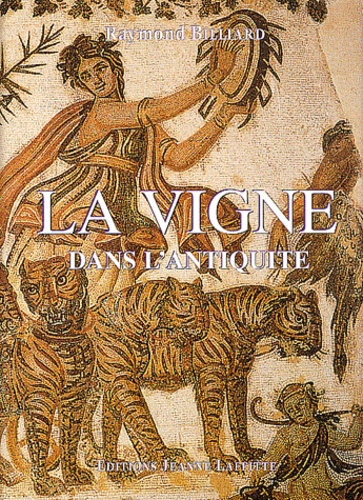
Vins, alcools, boissons
La vigne dans l'Antiquité
10/1997
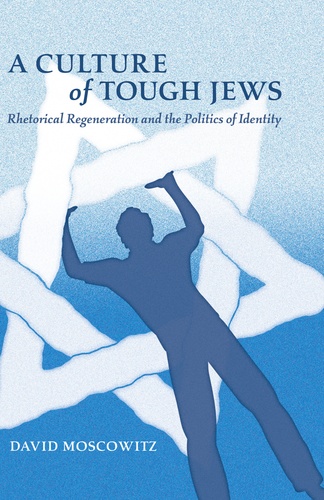
Non classé
A Culture of Tough Jews
10/2014

Histoire et Philosophiesophie
Histoire des démarches scientifiques. De l’Antiquité au monde contemporain
12/2019
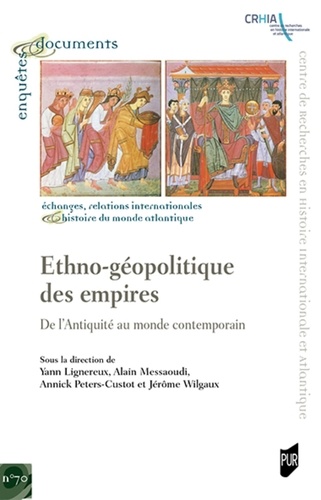
Généralités
Ethno-géopolitique des empires. De l'Antiquité au monde contemporain
11/2021
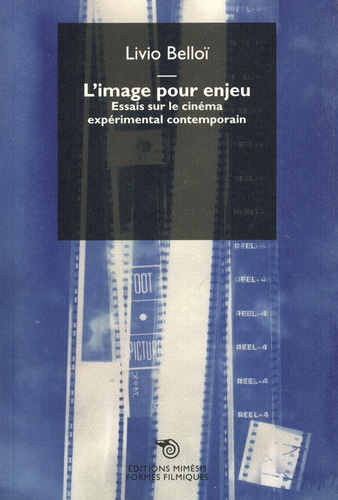
Essais
L’image pour enjeu. Essais sur le cinéma expérimental contemporain
09/2021

Sciences politiques
The Structure of Political Communication in the United Kingdom, the United States and the Federal Republic of Germany
11/1987

Sociologie
Polish Psychological Verbs at the Lexicon-Syntax Interface in Cross-linguistic Perspective
04/2005

Religion
Everyday Men
08/1987

Théâtre
New Territories. Theatre, Drama, and Performance in Post-apartheid South Africa
11/1987
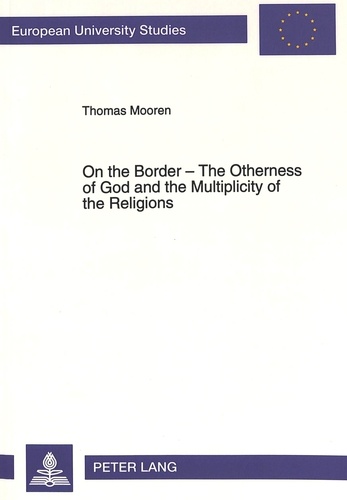
Histoire internationale
On the Border - The Otherness of God and the Multiplicity of the Religions
01/1994
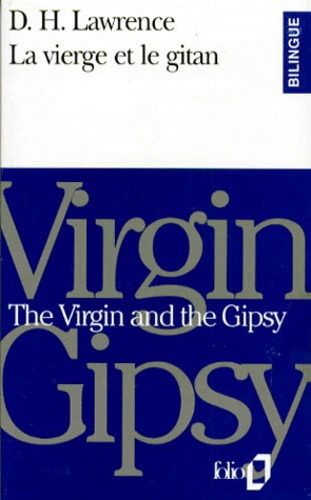
Anglais apprentissage
LA VIERGE ET LE GITAN : THE VIRGIN AND THE GIPSY
02/1993

Religion
Corporatism and the Stability of Capitalist Democracies
02/1991
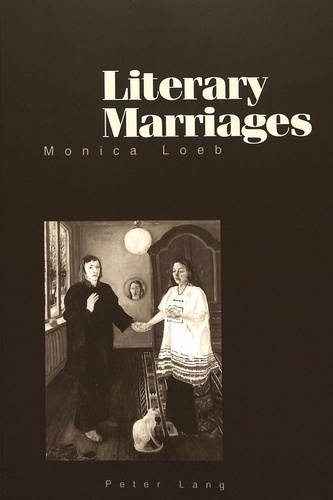
Non classé
Literary Marriages
12/2001

Documentaires jeunesse
Oh ! L'Antiquité
02/2012
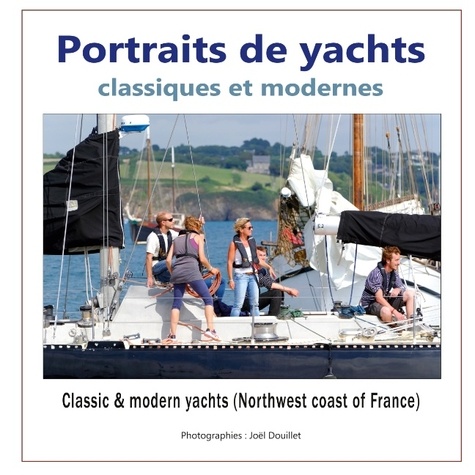
Mer
Portraits de yachts classiques et modernes. Edition bilingue français-anglais
06/2020

Histoire et Philosophiesophie
The Undergrowth of Science. Delusion, self-deception and human frailty
01/2000
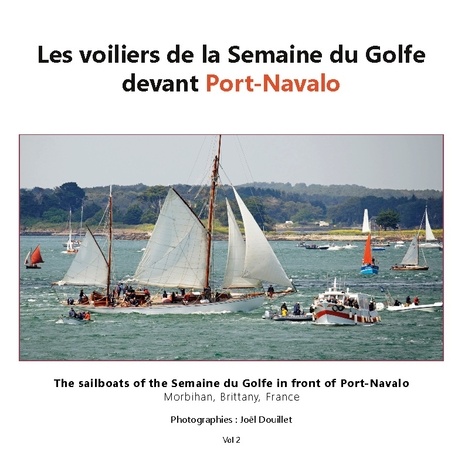
Bâteaux
Les voiliers de la Semaine du Golfe devant Port-Navalo
06/2023
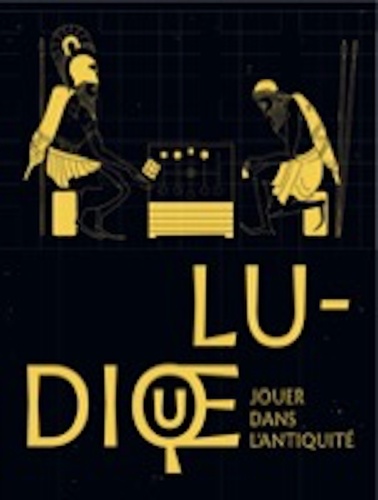
Histoire ancienne
Ludique. Jouer dans l'Antiquité
06/2019

Sciences de la terre et de la
The Extended Organism. The Physiology of Animal-Built Structures
01/2000
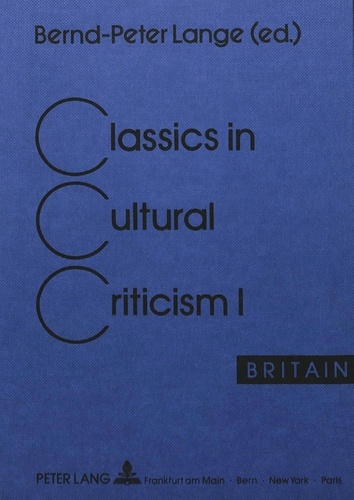
Non classé
Classics in Cultural Criticism
04/1991
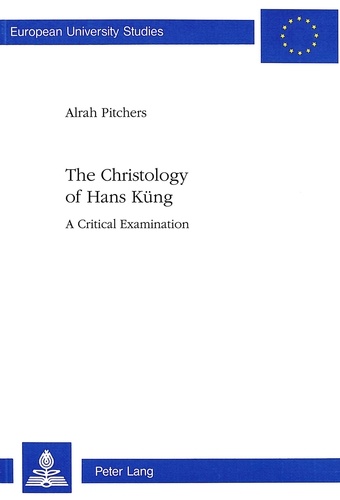
Religion
The Christology of Hans Küng
07/1997

Histoire et Philosophiesophie
Thinking about Physics
01/2000
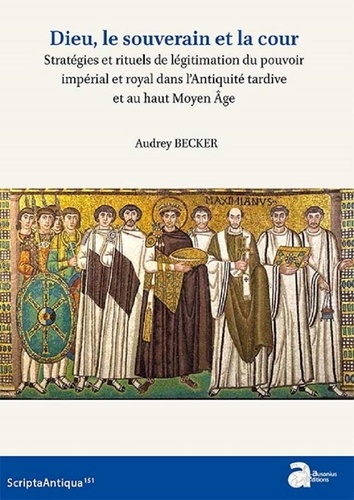
Histoire antique
Dieu, le souverain et la cour. Stratégies et rituels de légitimation du pouvoir impérial et royal dans l’Antiquité tardive et au haut Moyen Âge
03/2022
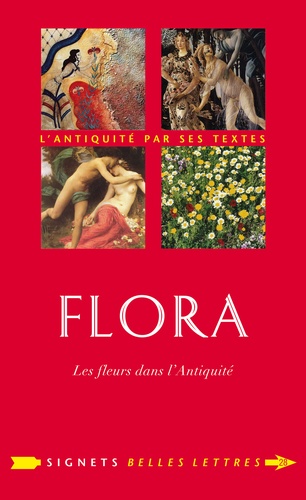
Critique littéraire
Flora. Les fleurs dans l'Antiquité
04/2017

Art contemporain
La dentelle dans l'art contemporain
10/2021
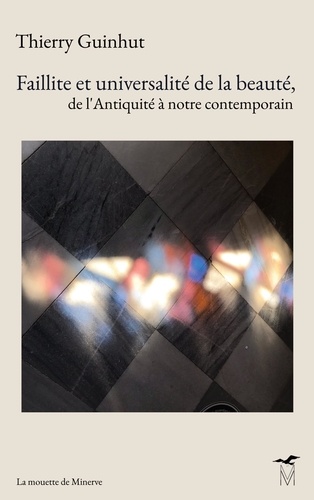
Ecrits sur l'art
Faillite et universalité de la beauté, de l'Antiquité à notre contemporain
03/2024
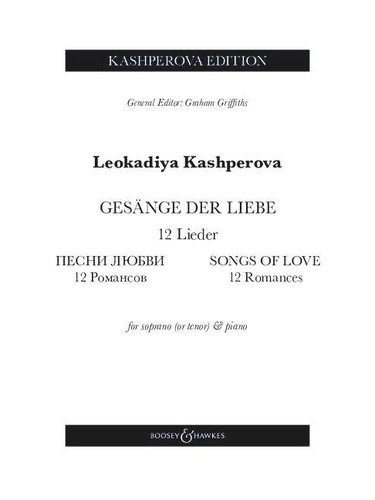
Musique classique
Songs of Love. 12 Romances. 12 Lieder. Soprano (tenor) and piano.
12/2023

Sociologie
«Peoples in Contact: Remembering the Past - Sharing the Future»
12/1993

Non classé
Exceptions and Rules:- Brecht, Planchon and The Good Person of Szechwan
12/1987

Non classé
Love and Sexuality
07/2005


